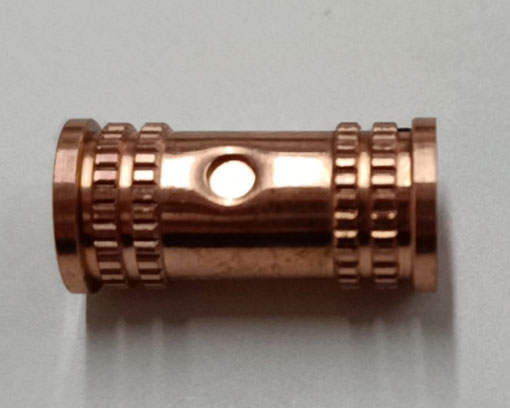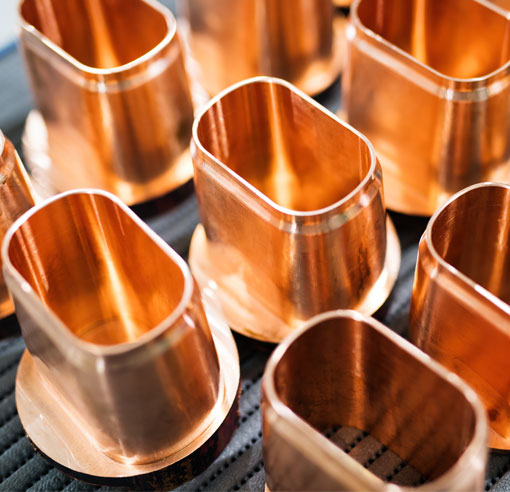In the world of electronics manufacturing, one of the most critical components is the green circuit, also known as the printed circuit board (PCB). These circuits are essential for connecting and supporting various electronic components. To produce green circuits, copper wire is a vital resource, which raises the question: how many copper wire machines do you need for efficient green circuit production?
In this blog post, we will explore the factors that determine the optimal number of copper wire machines required for green circuit production. We will also discuss strategies for maximizing efficiency and productivity in your manufacturing process.
Understanding the Green Circuit Production Process
Before we delve into the specifics of copper wire machines, let's take a closer look at the green circuit production process. Green circuits are made up of several layers, including a substrate, copper foil, and a protective solder mask. To create the intricate patterns and connections required for a functional PCB, manufacturers use a combination of etching, drilling, and plating techniques.
Copper wire plays a crucial role in this process, as it is used to create the conductive pathways that enable electronic components to communicate with one another. The quality and precision of the copper wire used in green circuit production can have a significant impact on the performance and reliability of the final product.
The Role of Copper Wire Machines
Copper wire machines are essential for producing the high-quality, precision copper wire required for green circuit production. These machines can take raw copper and process it into thin, flexible strands that can be easily manipulated and incorporated into a PCB design.
Some of the key functions of copper wire machines include:
Drawing: This process involves pulling the copper through a series of dies to reduce its diameter and increase its length.
Annealing: Annealing is a heat treatment process that softens the copper, making it more ductile and easier to work with.
Tinning: This process involves coating the copper wire with a thin layer of tin to improve its solderability and prevent oxidation.
Determining the Optimal Number of Copper Wire Machines
Now that we have a better understanding of the role copper wire machines play in green circuit production, let's examine the factors that influence the optimal number of machines required.
1. Production Volume:The most obvious factor affecting the number of copper wire machines needed is the overall production volume of green circuits. If you are producing a large number of PCBs, you will need more machines to keep up with demand.
2. Production Speed:The speed at which your copper wire machines can produce wire will also impact the number of machines required. Faster machines may allow you to produce the necessary volume of wire with fewer machines, while slower machines may necessitate additional machines to maintain production targets.
3. Wire Specifications:The specific requirements of the copper wire used in your green circuit production will also influence the number of machines needed. Some PCB designs may require thinner or thicker wire, which can affect the speed and efficiency of the wire production process.
4. Machine Reliability and Maintenance:The reliability and maintenance requirements of your copper wire machines can also impact the optimal number of machines. If your machines are prone to breakdowns or require frequent maintenance, you may need to invest in additional machines to ensure uninterrupted production.
5. Production Layout and Space Constraints:The physical layout of your production facility and any space constraints may also dictate the number of copper wire machines you can accommodate. In some cases, it may be more efficient to invest in fewer, higher-capacity machines rather than trying to fit a larger number of smaller machines into a limited space.
Maximizing Efficiency and Productivity
To optimize the efficiency and productivity of your green circuit production process, consider the following strategies:
1. Invest in High-Quality Machines:High-quality copper wire machines will typically offer better performance, reliability, and efficiency, making them a worthwhile investment in the long run.
2. Regular Maintenance:Regular maintenance and upkeep of your copper wire machines













